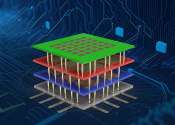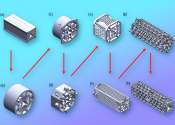A virtual reality pegboard test shows performance does not always match user preference
Virtual hand interactions are one of the most common and useful applications that virtual reality (VR) systems offer users. But, as a new Concordia-led study shows, personal preference remains an important factor in how the ...
Jan 30, 2024
0
9









